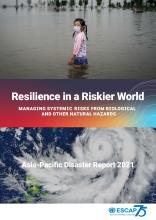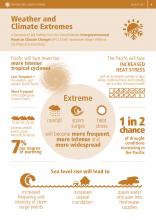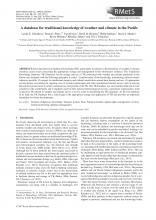Five eradications, three species, three islands: overview, insights and recommendations from invasive bird eradications in the Seychelles


Island and Ocean Ecosystems, BRB
Available Online
Agricole, J.
,
Angell, G.
,
Banville, P.
,
Bunbury, N.
,
Constance A.
,
Fleischer-Dogley, F.
,
Friedlander J.
,
Haverson, P.
,
Leite, L.
,
Mahoune, T.
,
Melton-Durup, E.
,
Moumou, J.
,
Page, N.
,
Raines, K.
,
van de Crommenacker, J.
2019
Management and eradication techniques for invasive alien birds remain in their infancy compared to invasive mammal control methods, and there are still relatively few examples of successful avian eradications. Since 2011, five separate eradication programmes for invasive birds have been conducted on three islands by the Seychelles Islands Foundation (SIF). Target species were prioritised according to their threat level to the native biodiversity of the UNESCO World Heritage Sites of the Seychelles, Aldabra Atoll and Vallée de Mai, which SIF is responsible for managing and protecting. Red-whiskered bulbuls (Pycnonotus jocosus) and Madagascar fodies (Foudia madagascariensis) occurred on Assumption, the closest island to Aldabra, which, at the time, had no known introduced bird species. The growing population of ring-necked parakeets (Psittacula krameri) on Mahé posed a threat to endemic Seychelles black parrots (Coracopsis barklyi) on Praslin where the Vallée de Mai forms their core breeding habitat. In 2012, red-whiskered bulbuls and Madagascar fodies were detected on Aldabra, so an additional eradication was started. All eradications used a combination of mist-netting and shooting. The intensive part of each eradication lasted three years or less. On Assumption, 5,279 red-whiskered bulbuls and 3,291 Madagascar fodies were culled; on Mahé, 545 parakeets were culled; and on Aldabra 262 Madagascar fodies and one red-whiskered bulbul were culled. Each programme underwent 12 years of follow-up monitoring before eradication was confi rmed, and four of the fi ve eradications have been successful so far. None of these species had previously been eradicated in large numbers from other islands so the successes substantially advance this fi eld of invasive species management. The challenges and insights of these eradications also provide unique learning opportunities for other invasive avian eradications.





